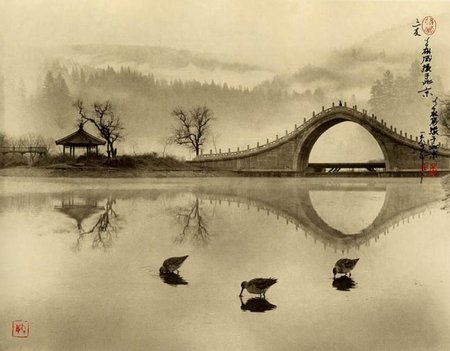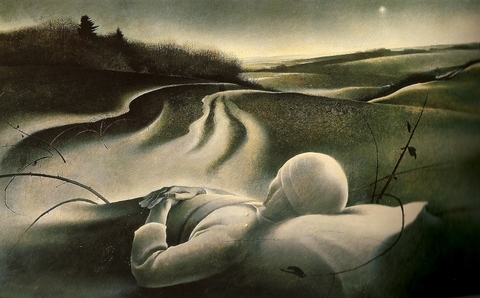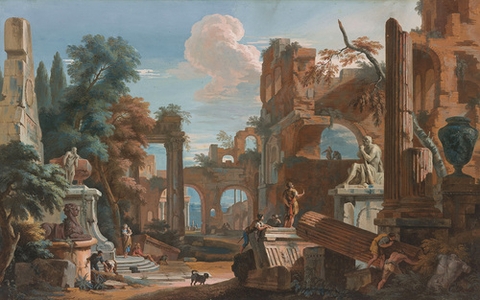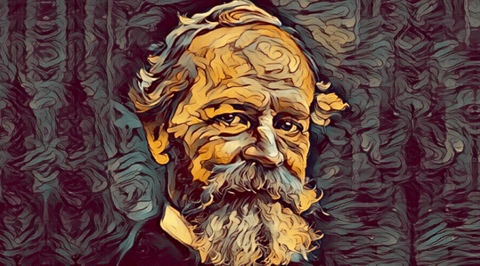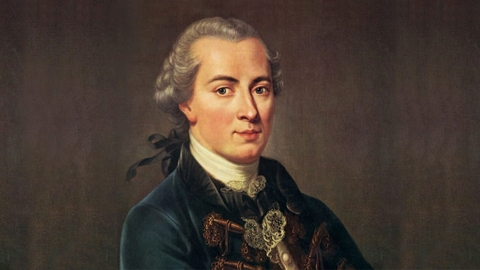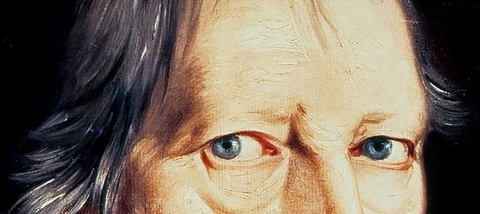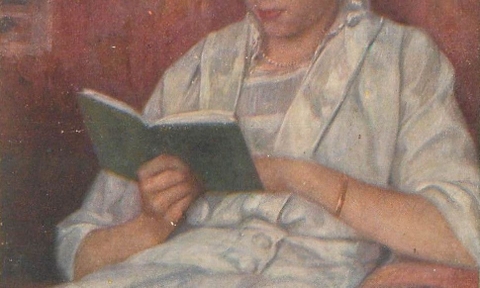In the Zen tradition, enlightenment is the heart of Buddhism. But Zen is not enlightenment, enlightenment is not Zen. Strictly, enlightenment is the end goal of Zen. To penetrate the ultimate realization, so-called pure academic knowledge needs to be cut from the root to be replaced by a deeper, more intimate insight, rooted in the Buddha-nature itself in truth. Bodhidharma said: "A sentient being who is crazy and doesn't know or understand his own mind is the Buddha." Of all the schools of Buddhism, only Zen Buddhism affirms the close connection between 'enlightenment' and enlightenment. And it was Bodhidharma who first laid the foundation for that connection. If Zen studies are the essence of Buddhism, then Bodhidharma is the essence of Zen Buddhism. The birth and development of this sect cannot be conceived without this half-historical, half-legendary figure.

In Vietnam, perhaps the scholar Truc Thien, who translated the first volume of Meditation Discussion of D.T. Suzuki, who was the first translator of Bodhidharma (Six doors to Thieu That cave, An Tiem, 1971). By 2006, all works attributed to Bodhidharma were fully translated from Chinese by researcher Nguyen Minh Tien (Thieu That Luc Mon, Religion Publishing House, Hanoi, 2006). Recently, Van Lang Culture Joint Stock Company has released a new translation by translator Tien Thanh based on the English version of Red Pine (The Zen Teachings of Bodhidharma). The advantage of the Red Pine version is that it comes with the original Chinese text, so translator Tien Thanh, who is knowledgeable in Chinese (he has translated the entire Hoang De Noi Kinh), can refer and translate directly. . But based on the Red Pine version, translator Tien Thanh did not fully translate all six works that are said to be Bodhidharma's. The translation this time only has: The summary of the Mahayana path into the four practices, Bloodline theory, Enlightenment theory, and Breaking general theory.
Some researchers (including scholar Nguyen Minh Tien) have a skeptical attitude, saying that Bodhidharma is just a mythical, historical figure, and the works attributed to him. It's actually the work of posterity. In fact, in the current academic situation, it is difficult to make a final judgment on this issue. The earliest written mention of Bodhidharma is the 150-year-old Bodhidharma of Duong Huyen Chi (circa 547) who met a monk at Vinh Ninh temple claiming to be Bodhidharma. . The second work, Tuc Cao Sang, by Dao Tuyen (died about 667), wrote a detailed biography of Bodhidharma (volume 16) and named Hue Kha and Dao Duc as two disciples of Dat Ma. The details of the 150-year-old Dat Ma in this biography are probably borrowed from the old Lam Ky Luoyang. Dao Tuyen could also use information from Dam Lam (525-543), who knew about Dat Ma's thoughts through Hue Kha. Dam Lam is the author of the preface to the lecture on the Law of the Second Enter the Four Actions. Dam Lam probably used very old documents because the same information is also found in the work Tomb of the old monk discovered at Dunhuang (dating between 713 and 716). Yanagida Seizan (Liu Dien Thanh Son), a leading Japanese expert on the history of Zen, highly appreciates the historicity of Dam Lam's preface, although he admits that "there are many confusing things in the biography. of the Dalai Lama" (Chùgoku zenshùshi, p.12).
Going into the content of the works that are said to be by Bodhidharma, who is officially recognized as the first ancestor of the Chinese Zen lineage, we feel that regardless of whether the character Bodhidharma is real or not, these works clearly capture the essence of Zen learning from the inside, especially the section Breaking the Generals. It can be affirmed that in this primordial Zen thought, there is no distinction between the Southern and Northern Schools, between meditation and reading and chanting of scriptures, between keeping precepts and realizing enlightenment, as many people later misunderstood. . There are no strange behaviors or language. There is no such thing as psychic powers. In contrast, the philosophy of Zen, or of Buddhism in general, still only boils down to the two words "liberation," freeing sentient beings from attachment to appearances, into the delusions that imprison us deeply. sorrowful life. That spirit of Zen is really a great contribution to human civilization.
Bodhidharma was a semi-legendary Buddhist monk who lived during the 5th or 6th century. He is traditionally credited as the transmitter of Buddhism to China, and regarded as its first Chinese patriarch. According to Chinese legend, he also began the physical training of the monks of Shaolin Monastery that led to the creation of Shaolin kungfu. He is known as Dámó in China and as Daruma in Japan. His name means "dharma of awakening (bodhi)" in Sanskrit.
Works attributed to Bodhidharma
The two entrances referred to in the title are the entrance of principle (理入 lǐrù) and the entrance of practice (行入 xíngrù).




